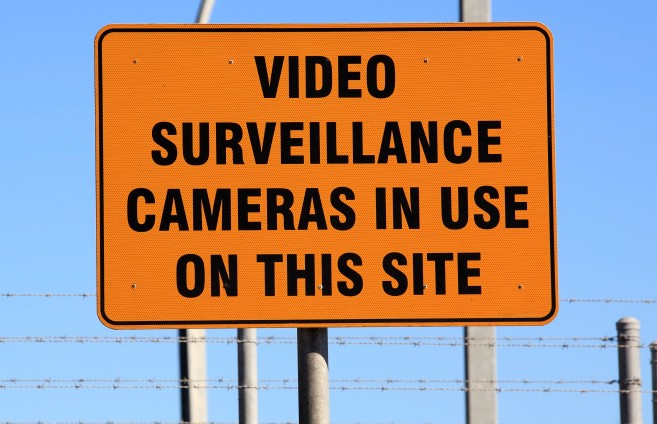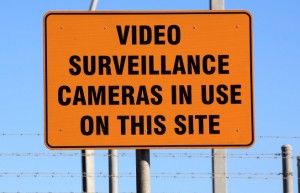
Preventing construction site theft

All jobsites, no matter how large or how small, benefit from clear signage warning of added security measures.
Construction site theft is the number one threat to productivity in the industry According to Maureen Silber, security product manager for DeWalt, 95 percent of professional contractors experience some type of jobsite theft at least once a year. Other construction industry experts estimate loss from construction site theft at $1 billion annually. In fact, construction site theft is so common, many contractors include a certain dollar amount in their bids and budgets to account for losses.
But the good news is you can significantly mitigate jobsite theft – if not eliminate it entirely – with these simple steps.
Analyze and secure the construction site
First, determine if the construction site is at risk. Drive by or visit the site at various times – especially later at night – before the job begins. Walk the area, if appropriate, to determine if you’ll need fencing, lighting or construction cameras. Good fencing and appropriate signage is often the best jobsite theft deterrent. Potential thieves will often not want to bother. Make sure signs include emergency numbers for witnesses to call, the reward you offer and warnings about surveillance and other additional security measures.
Lighting discourages prowlers and also allows neighbors, passers-by and other potential witnesses to easily spot suspicious activity. Use bright white lights positioned so they won’t irritate neighbors or hinder the vision of potential witnesses.
[tip id=”9191″]Make tools and equipment easier to track
DeWalt research found 85 percent to 90 percent of tools and equipment stolen from construction sites is never recovered. Your first line of defense against this is to record the serial numbers of all your tools and equipment and keep the list in a safe location. Registering them with the National Equipment Register will put them in a national database to enable law enforcement officers to more easily identify stolen property.
Mark or etch your tools and equipment with your company name or initials. Etch the serial number in a hidden location (inside a tool’s housing, for example) to thwart thieves that remove serial numbers.
Consider using one of the newer security systems that monitors the jobsite and tracks stolen items. These include a base unit installed at the jobsite and remote sensors that are attached to tools and equipment. If intruders enter a restricted area, disturb protected equipment or tamper with a sensor, an alarm is tripped.
Have your tool and material suppliers put serial numbers on invoices – even on items that are on backorder. Backordered items should then be checked off an inventory list when it arrives. Sometimes a reported theft is actually an item that never arrived in the first place.
Establish a lockdown routine
One person on the construction site should be solely responsible for the security and maintain strict lockdown routines. He should be the last one to leave after :
- Completing a tool and equipment inventory
- Walking the construction site perimeter to find potential risks
- Assuring equipment and vehicles left on the site are disabled or parked defensively – disconnect batteries, set blades or buckets on the ground, park equipment in a tight group. Smaller equipment is easier for thieves to take, so secure it by positioning larger equipment so that the smaller machines are inaccessible
- Make sure all products are secured or partially installed. A new HVAC unit sitting on-site in a box isn’t covered by builders risk insurance, but a partially installed one is.

